How to Grow Pansies & Violas from Seed
Growing pansies and violas from seed isn’t difficult to do and will reward you with masses of uniquely colored flowers to enjoy!

Pansies and violas, the sweet little darlings of the garden! These small, cold-hardy flowers are always met with delight when they first show up in garden centers in early spring, all bright blooms and tiny mounds of greenery. A welcome relief for the eyes after a long winter!
Not only are those flowers bright and colorful, but they’re also edible. Pansies and violas can be made into syrups and jellies, easily and with little fuss. The flowers can also be candied as a sweet treat, and some people like to use them as a cake decoration or sprinkled in salads. There are plenty of possibilities to play with!
A common complaint for lovers of these plants is that while they’re easy enough to find in early spring at local nurseries, it’s near impossible to find plants for fall planting.
Luckily, pansies and violas are exceptionally easy to grow from seed. So easy, in fact, and with such a wide variety of choices to pick from, that once you’ve grown your own, you may very well find yourself never buying pansies from a garden center ever again – if you’re the patient sort!
Related Article: How to Grow Sweet Violets from Seed (Sweet violets or common wild violets can also be grown from seed! They just take some different growing conditions, which is covered in our article about growing sweet violets.)

Deciding When to Plant
Patience? Why do you need patience?
That’s the one snag about starting pansies and violas from seed, you want to start the seeds earlier than most other garden plants. As a general guideline, you want to start your seeds roughly 3 months before the date you want them to be blooming.
Let’s give an example: you have a packet of Bunny Ears viola seeds. You want them to be blooming in mid-April, because you’re giving them away as gifts for Easter. In order for this timing to work, you’ll want to start the seeds in January.
Another example: you want to have black pansies blooming on Halloween for use as a decoration. To make that happen, you’ll need to start the seeds in late July, so they’ll be blooming by the end of October.
Master the timing, and you can have any type of pansy or viola blooming at any point of year you so desire. Just count back 3 months from when you want them to be in flower. And if they bloom before that date, just keep dead-heading them to keep them in bloom until then!

Sowing Pansy & Viola Seeds
Pansies and violas have an undeserved reputation for being difficult to grow from seed. If that doesn’t get in the way, then it’s the thought that they take an eternity to germinate. Neither of these things are true.
Preparing the Dirt
Pansies and violas are both grown in the exact same way. Begin by taking a container, garden tray, or seed-starting cell segment, with drainage holes, and fill it up with garden soil or potting soil. Water the soil well, making sure it’s thoroughly damp. Let excess water drain out through the drainage holes.
If you use a soil-blocker, then use your preferred soil-block mix to form as many blocks as you want to have of plants. So if you want 15 pansies, form 15 individual blocks.

After the excess water has finished draining away, it’s time to sow your seeds!
Sowing the Seeds
Tip out the seeds into your hand. The seeds are smaller than tomato seeds, but they’re still big enough that they aren’t but so hard to pick out one or two seeds at a time. If you have difficulty doing this with your fingers, you can (gently!) use tweezers or a lightly-dampened q-tip to pick up individual seeds.
The orderly method:
There’s two ways to do this: the first is the orderly way, which is to place just two seeds in every individual planting cell and/or container you’re sowing. You don’t have to cover the seeds: simply place them on top of the soil. If you’re soil-blocking, you’ll want to do this method- just put two or three seeds in every block.
The quick method:
Or there’s the quicker way, where you just take up a pinch of seeds and scatter them over the surface of the soil. With this method, you tend to have to divide and transplant your seeds a little sooner than you otherwise would, but it’s also so much faster than individually placing seeds one at a time. (You can probably tell which method we favor!)
Tamping the soil
Whichever way you go about it, your next step is to gently take your fingertips and- gently- tamp the seeds down onto the surface of the soil. Just press them so they make full contact with the soil.
Cover the Trays
After that, loosely cover the top of the tray/container/whatever it is your using with a greenhouse top or a sheet of plastic wrap to help keep in humidity. On top of that, you’ll now need to place layer of something like a folded towel to block out the light. Place the container/tray somewhere safe, such as on a shelf, with middling-warm temperatures (think about the same temperature you’d start broccoli seedlings at, but not as warm as tomatoes and peppers!) and come back to check for signs of germination every day.
Okay, why the towel? Why no light? Because pansies and violas need darkness to germinate! If they’re left under the light just how they are, they’re just going to sit there and do nothing. You’ve got to give them a nice, comforting blanket of moist, warm darkness for a few days before they’ll be willing to poke out some sprouts.

After germination
It shouldn’t take long for your pansies and/or violas to begin sprouting. If you’ve put them somewhere they really like to sprout (and you have some exceptionally healthy, vigorous seeds), it could be as soon as just 4-7 days after sowing!
What if your seeds don’t germinate quickly?
If your seeds haven’t germinated quite yet, then don’t toss them out! Give them at least 14-20 days to make sure they aren’t just being shy. Another issue is that they might not be fond of where they’ve been placed- their ideal temperature is about 65 degrees F. Going too much higher or lower could impede growth.
Another possible issue could be that your light-blocking object isn’t blocking enough light. You can try popping the container/tray somewhere pitch black for a few days, like a closet, if you suspect this might be the issue.
Uncovering the Trays
As soon as the majority of your seeds have begun showing signs of germination- splitting open, little roots poking out, first sprouts- remove the light-blocking covering and place the tray/container in the light. You don’t want to leave the covering on too long- the sprouts will begin to stretch, searching for the light, very quickly after germination.
From this point on, you’ll want to keep your seedlings in the light. If you have grow lights, put the seedlings underneath them. Keep the plastic wrap/greenhouse top on, and stack things underneath the container/tray so that the tray is very close (about an inch away) from the grow light to minimize stretching. Remove the plastic wrap/greenhouse top once plants have grown enough to press against or come in contact with the top.

Tending Sprouts
As the plants grow, continually adjust tray and lights so that the plants stay about an inch away from the grow lights. This will help keep the plants short, stocky, and healthy! Thin, stretched-out stems make the plants look straggly, and can make them snap easier.
Keep the soil evenly moist. Check the plants regularly to make sure they’re growing well- thin out any sickly seedlings to free up space. Running a fan on the seedlings, simulating wind, can help with not only keeping good air circulation, but also can make the plants stronger.
A word of warning: spider mites can devastate these plants. If you have a spider mite problem, keep a sharp eye out for any signs they’ve found your precious seedlings, and be ready to take swift action if you come across any. (We use a spray of very diluted Dawn dish soap and water – mixing a few drops of dish soap with around 20 ounces of water.)

Transplanting
Eventually, you’ll have to up-pot your pansies/violas, especially if you took the route of simply sprinkling the seeds on the soil.
It’s very easy to transplant pansies and violas: gently tease the roots of each plant free from each other, trying not to break off too many as you do. Tuck each individual plant into their own pot or cell with fresh soil, and water thoroughly. The plants will likely droop and look very sad- don’t panic! Just place them back on their shelf or windowsill, but give the light a break for a day. They’ll perk back up!
Avoid letting them get rootbound. You may have to transplant the plants up to another, larger pot or cell one or two more times, depending on how much time you have left before it’s time to put them outside.
If you’re keeping your pansies as potted plants, then move the pansy/viola plant(s) into pots once they’re large enough that they’re not dwarfed by the pot. Being in too large of a pot too early can cause moisture issues, which can cause rot.
Fertilizing
While simply putting the plants in fresh soil may give them a boost, you’ll want to keep an eye out to make sure your pansies and violas aren’t getting nutrient-deficient.
A very rich potting soil (such as FoxFarm’s Ocean Forest potting soil) may be nutrient-full enough that fertilizing simply won’t be required. If you’re using a less-rich medium, however, you’ll likely have to fertilize your plants at least once, if not twice before they’re ready to plant.
The most likely deficiency you’ll run into is a lack of nitrogen. The warning signs for this is that the leaves and foliage of your pansies/violas will begin to yellow. A good dose of liquid organic fertilizer such as fish emulsion handily fixes this problem.

Care for Final Transplant into Garden
You do not have to keep your pansies and violas in containers for all three months of growing, if the temperatures outside are suitable for planting.
If it’s safe to plant out blooming pansies, it’s safe to set out your seedlings! Just make sure they’re at least two inches tall, and have plenty of green leaves. Pansies and violas are short lived perennials and can tolerate light frost.
Planting times will vary depending on your climate, and if you’re planting in spring or fall. Go by your specific growing region’s planting timing for best results. The most common advice given is to plant the plants out as soon as the soil can be worked. As a general rule, though, it’s a good idea to hold off if your area’s experiencing regular hard frosts or continual below-freezing weather. Temperatures around 45°-65°F will offer the best results.
Of course, before you can do that, you need to harden off the seedlings! This is done by placing the seedlings outside in a protected area every day, starting by placing them in a place that starts out shaded but gets some indirect light, gradually exposing them to direct sun, and bringing them back in at night. This goes on for a week or two, acclimating the plants to life outdoors.
Once acclimated, you’re good to go ahead and plant them!
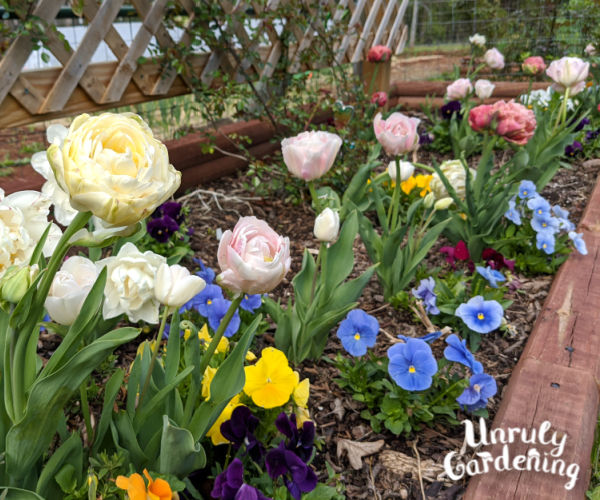
Planting
If you’re keeping pansies and violas in pots, then you’ll need to care for them as with any other potted plant: regular watering, regular fertilizing, up-potting to larger containers as needed. Large pots can sometimes contain several pansy plants at once, but too much crowding can cause stunting and swifter depletion of nutrients in the soil, so don’t pack them in too densely!
If planting in the ground, space each plant about 6″ apart from each other, so they have room to grow. Dwarf violas and pansies will need less space. They can be planted in full sun or partial shade- plant planted in partial shade have a higher chance of surviving through summer to produce fall blooms. Morning sun is preferred. Water thoroughly after planting.
As pansies and violas both favor evenly moist, woodsy soils that tend towards the cool side, mulching around their base may help keep them alive through the summer heat. Tucking the plants underneath larger plants, using the shade they cast as a sort of shield, can also keep the pansies/violas protected- we’ve had pansies bloom in summer from where they were hiding underneath Kilimanjaro White marigolds or comfrey before, so it might just be worth a bit of experimentation!
A small amount of fertilizer or a generous scoop of compost mixed in with the soil may be helpful, depending on how nutrient-rich or poor your soil may be. Pansies and violas are considered heavy feeders, and they’ll suffer without sufficient nutrients and organic matter in the soil, especially when blooming season comes around. However, too much fertilizer tends to make them leggy, so add cautiously, and with a light hand. That being said, even pansies/violas planted in very poor soil usually manage at least a couple blooms!
Pansies and violas that survive a full year- or are planted in fall, and manage to survive all through the winter to flower again in spring- often bloom far heavier than they did in their first year.
And, if you’re lucky, you might just find out that they’ve re-seeded- which means you get free plants that you didn’t have to sow!

Care
Regularly dead-head the flowers for a longer blooming season. Snap off any seed pods so the plant puts energy towards blooming, rather than developing seeds.
Some caterpillars, such as the fritillary butterfly, use pansies and violas as a food source. Instead of viewing them as pests, you may want to move these little friends to a different plant for them to eat, if your pansy patch isn’t big enough to support them, or you might just leave them be.
You can always start a patch just for the caterpillars to snack on – flowers for the pollinators, and leaves for their baby-forms!
Pansies and violas are very hardy plants overall, but summer can be a challenging time. To help your plants survive the summer, try to keep them in shade during the hottest time of day, giving them morning and evening light instead. Keep their soil moist, not letting them go all the way bone-dry. Regular watering is vital!
Growing pansies and violas from seed is a highly rewarding endeavor that is truly far easier than you would expect. If you love pansies and violas, then give growing them from seed a try!

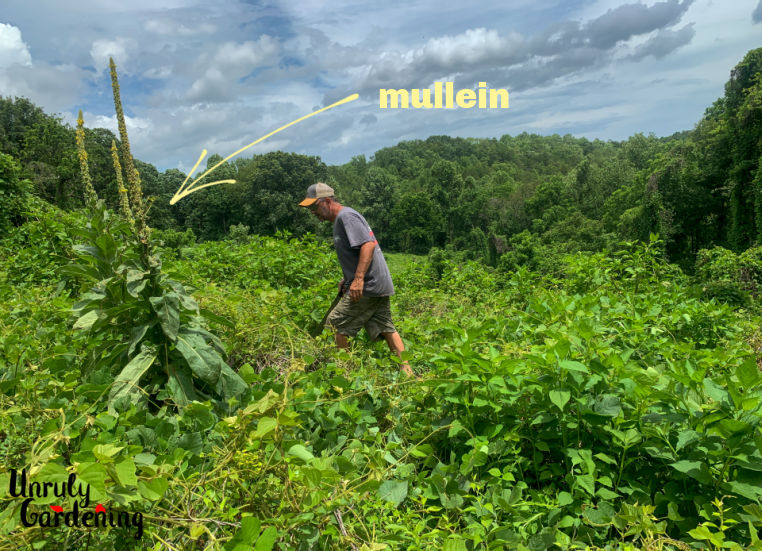
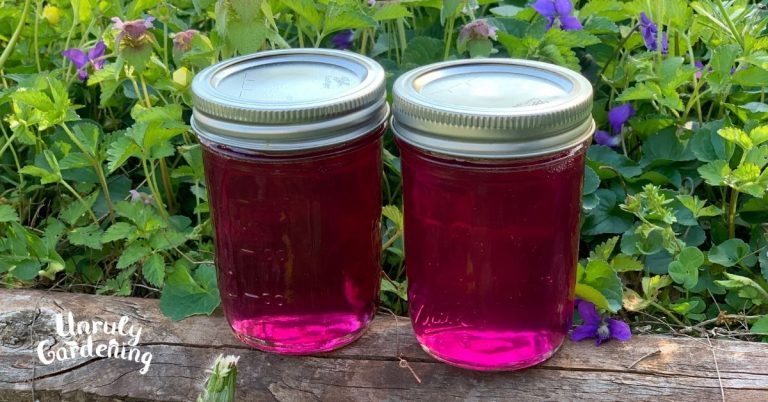
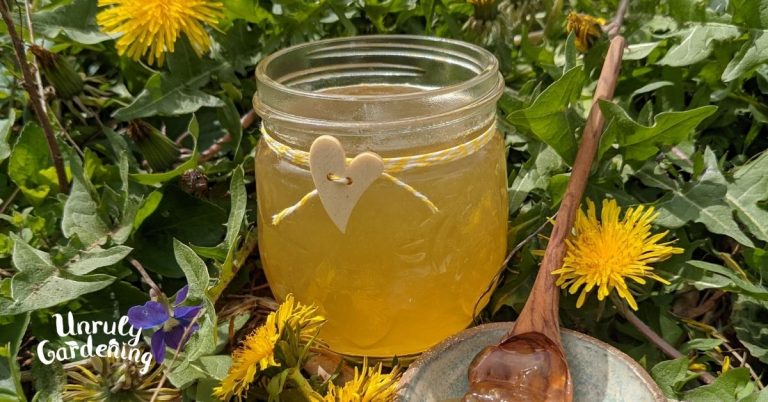
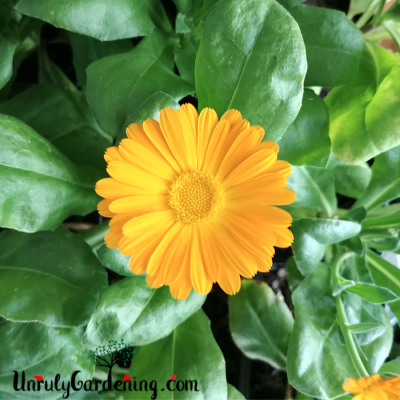
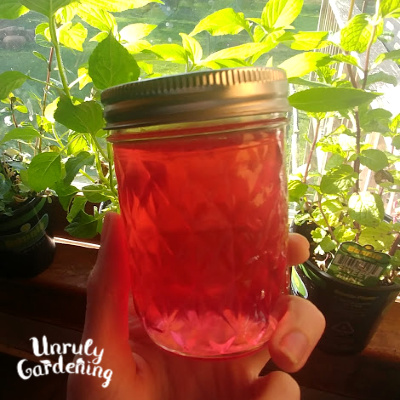
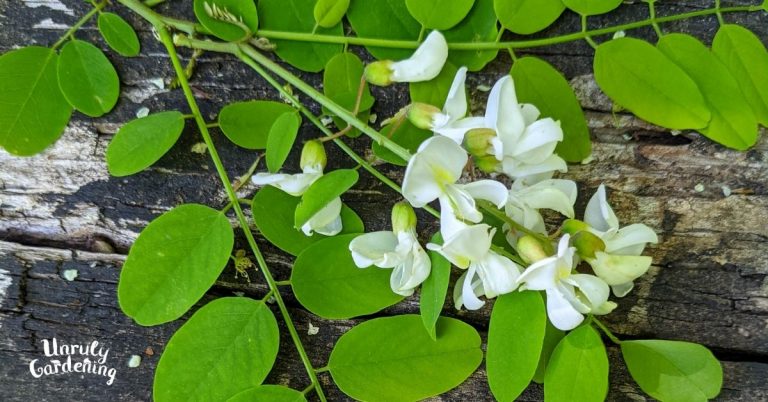
Thank you for the tips on starting violets! I’ve tried in the past but didn’t know they needed dark to sprout- I’ll be trying again now. I have a yard full of wild violets that I pick each spring and make jam & syrup out of.
Hi Jen, I’m so glad you found the article helpful! What type of violets are you growing from seed? Wild or scented violets need somewhat different seed starting conditions than their cousins, violas or pansies – which is what this article is about.
Violets also need a period of cold to germinate (while pansies & violas don’t) so that may be a factor too.
UPDATE: Here is our article about growing wild violets or sweet violets from seed: 🙂
https://unrulygardening.com/grow-violets-from-seed/
I’m trying for the scented violets. The violets in my yard are wild, I believe. They don’t have much scent. But when I make jam or syrup with them they have a beautiful light floral taste.
Thank you for this wonderful article. This is my first year growing pansies from seed, never knew I could. I followed your suggestions and my seedlings are doing great. If I’m lucky enough to collect seeds will they be the same color? Thanks for your help.
Hi Maureen, So happy to hear that your pansies are growing well! If there are no other pansies or violas growing within 600 feet, the seeds should be true. Having a tall structure or rows of tall crops as a barrier of sorts between two different varieties can help reduce chance of cross pollination and might let you grow them closer together. However, if you have different varieties of pansies/violas growing nearby they can easily cross. This includes those tiny wild white violets or wild purple violets that pop up in your yard. We bought a seed packet once from a well known seed company & the producer wasn’t careful about isolation – the seeds came up as a clear cross with wild white violets, instead of the pure variety they were supposed to be!
Mine are uncovered for two weeks now nothing.
Is it too late to put them in darkness now or are they damaged ?
Thanks
Hi Momi! I would try putting them in darkness now & keeping them evenly moist for up to 2 weeks, checking on them every day. If you still don’t see any sprouts after 2 weeks, then it’s probably best to start over with fresh seeds.
If I start seeds for fall blooming, do I need to harden them off? Or can the go directly into the garden once they are 2 inches tall? Thanks for the great article!
Brigitte
Hi Brigitte! For fall pansies, we bring them outside to the coolest shadiest spot around our house (for us, this is the north side, near our basement door.)
We keep them there for about a week to harden off, checking on them and watering as needed.
If you have really hot weather going on, it’s better to give them a little more time indoors and then over to the shady spot to acclimate, because they really don’t like the heat.
Soil temps between 45 to 65 degrees F are a good range for planting.
You can check your current soil temps here: 🙂
https://www.greencastonline.com/tools/soil-temperature?fbclid=IwAR3LFAiZHUXhXSLnsTUBakPKn3vFw0cGQTMpZ9Em11YYCO3G537oY5mD7RI
I had a circular module planted pansy seeds, only one germinated, but its well on its way, I watch it every day, and think it may bloom for October. 1 out of 12 but was told not all will germinate
Hi Auntie Fi, I hope your pansy blooms for October! I bet it will be beautiful! We’ve found some packets of seeds have a low germination rate too.
Pansies are very easy to grow, an attribute that no doubt contributes to their popularity. In fact, these flowers can blossom during winter, a time when most plants struggle to survive. You should plant them during fall or late summer, though spring is also possible.
pansy seeds germinated in the dark?!?
I think this is a myth. I’ve got lots of pansy that self seeded themselves outdoors and germinated. Who kept them in darkness?
I also sown pansy seeds indoors in a very bright room and they germinated after about 10 days!
could you please explain where does the darkness germination myth comes from?
I think there’s so much misinformation out there, it’s shocking.
Hi Ana, Thanks for sharing your experience growing pansy seeds!
It isn’t a myth that pansy seeds prefer darkness, but a long-held gardener observation.
We’ve done side by side tests in that past (since we were curious about this very thing too!) and the pansy seeds that were covered to be in darkness germinated so much better.
We’ll have to repeat & document that experiment and share it on the site – it was really interesting to see!
However, if you have better success with light then I 100% agree that you should keep doing it the way that works for you.
The great thing about gardening is that there are many approaches to grow a plant! 🙂
I love your article, explains so many things about pansies. I live in region 8 and I want to start seedlings to have flowers by late November early December. This would be the first time growing pansies from seeds, looking for a more economical way to enjoy pansies and I also love gardening :). Any tips that you can give me specifically for my region? Should I start seeds indoors or outdoors?
Thanks!!
Hi Claudia, I’m so happy you enjoyed the article! I would start the seeds indoors. A good ballpark time frame is to start the seeds about 3 months before you want them to bloom.
So if you want blooming pansies in late November, then start them no later than mid-August. This is a rough estimate that might vary a little depending on variety and growing conditions, but should hopefully help you hit around that timeline. Happy growing! 🙂